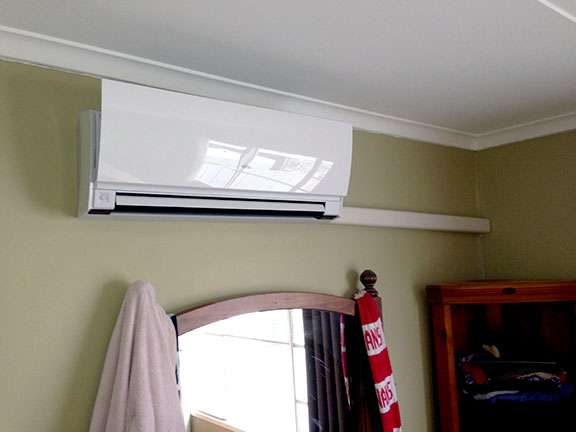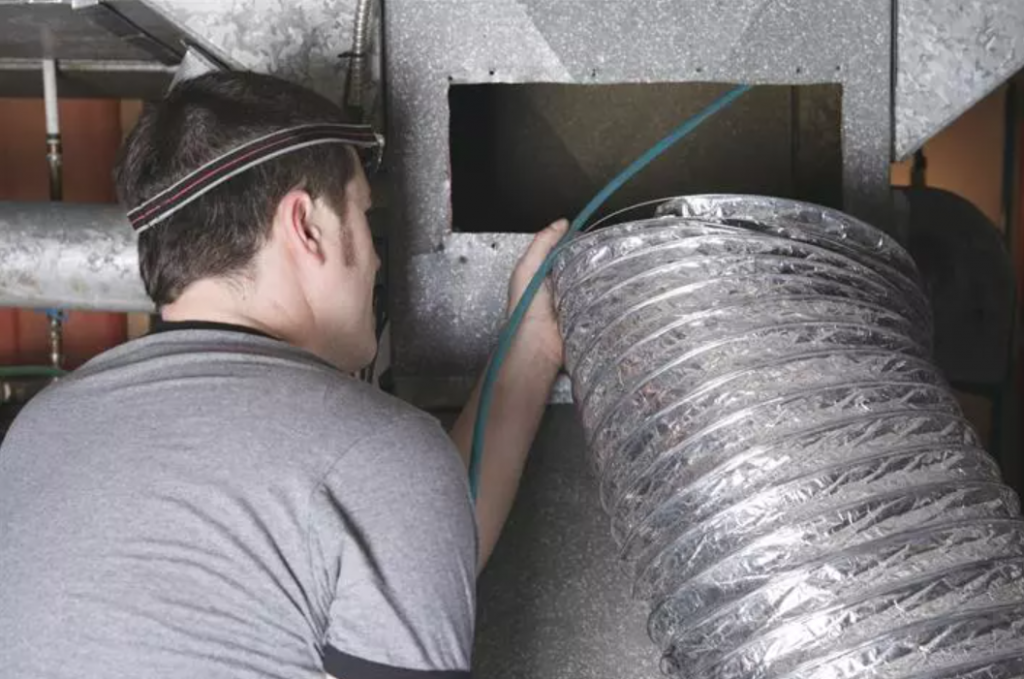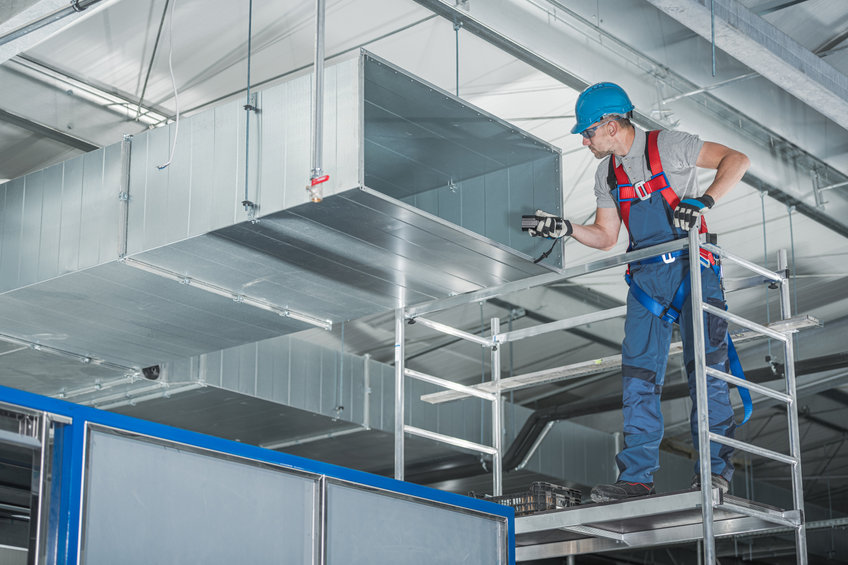As Aussie homes are getting bigger, air-conditioning systems are getting more sophisticated. A popular choice for heating or cooling all those rooms is ducted air conditioning. As the name implies, this consists of a network of ducts to regulate room temperatures. The benefit over other air conditioning types is that the whole house can be cooled or heated at the same time. In addition, ducted units (fitted with zone motors and controllers) can heat and cool multiple rooms simultaneously.

Such abilities require more gear. A typical ducted air conditioning system consists of an outdoor compressor, that delivers air to an indoor unit, usually housed in the roof. This has a fan coil that heats or cools the air. Ducts located in the ceiling deliver the conditioned air to separate rooms. Diffusers or vents are the grilles that disperse this air throughout each room. Return air filters, part of the indoor unit, cleanse returning air. The system can include zone controllers and zone motors for zoning, or cooling and/or heating a set of rooms.
A crucial part in delivering the treated air is the duct for air conditioner. Each home fitted with ducted air conditioning will have a network of ducting stemming from the main indoor unit to each individual room.
Types of Air Ducts
There are different types of ducts used. This will depend on the material and the amount of air the duct needs to deliver.
Flexible Ducting
This is the type of ducting that is regularly found in homes. It is easily bent to fit within tight spaces. Flexible ducting is made of steel wire coil, covered with a flexible polymer and insulated with glass wool or aluminised PET. Other flexible variants consist of silicone, PVC or rubber, which makes this type of ducting easy to manufacture and hence is very affordable.
When sourcing flexible ducting, take in mind the diameter of the duct. Common sizes used in Aussie houses are 75 and 99mm. A duct for air conditioner sourced in thinner diameters allows for increased air pressure, and hence speed with which the air inside is ducted to the vents. Ducts are specified in different air pressure ratings, as well as temperature handling, with most capable of delivering air-cooled to -20°C, or heated to 80°C. This will largely depend on the materials used, and is evident in the overall price. If you need thermally efficient ductwork, look for higher thermal ratings, or R-values.

As with other ducting, flexible ducts work best when properly installed, with consideration to length from the indoor unit. Optimal air pressure is maintained in straighter ducts with fewer bends. You’ll find the ducting and plastic covers available in lengths from 2 to 5 metres, along with various accessories. This includes eave capping, bends covers for both popular diameter sizes, and joiners to connect individual pieces. The materials are easily cut to the desired length, and installed either in the roof or under the floor.
Rigid Ducting
You’ll find rigid ducting in most commercial and industrial buildings. This differs from flexible ducting in that it’s made of sheet metals, and as such is more expensive. The materials are either galvanised steel or aluminium, and can take different shapes, from oval, to round or rectangular. Galvanisation prevents the steel from rusting, so there isn’t the need for an additional coating of paint. In addition, both metals are less likely to sustain mould, and this improves overall air quality.
Rigid ducting is manufactured off-site to precise dimensions for each project. This adds to the cost. Individual metal sheets are also often wider than what you’d find in flexible ductwork. Where bends aren’t applicable, installers may resort to using flexible ducting. Because of size, the ducts are often installed along ceilings or roofs.
Other Duct Types
Other materials are also used, though not as often. Fibreboard ducting comes as insulative ready, but will struggle in delivering more air as the surface inhibits airflow. In addition, the fibreglass inner layer is prone to mould and bacteria buildup. For these reasons, it is also the least expensive type of air ducting. It is however vibration resistant and the quietest material here.

Common Air Duct Issues
Air ducts are the preferred choice for larger homes since they do away with separate wall units, and thus maintain a constant temperature throughout the house. If there are considerable differences in air temperature between two (adjacent) rooms, there might be cold or hot spots emerging. Certified technicians can determine the cause, and balance airflow to individual rooms. There might be damage to the ducts, with insulation a common cause, or the modifications done to the dampers or the blower.
Dampers are also responsible for little to no airflow from the supply duct and vent. This can also happen from clogged air ducts. In addition, there might be air leakage, due to cracked ducting, and this results in higher energy use that you’ll see in your next quarterly bill. Lastly, another common problem is increased noise coming from the ducts. This can be from loose or disconnected parts. In any case, technicians are tasked to handle any issues. What you get is better air quality and at your specified temperature without running into abnormally high power bills.












